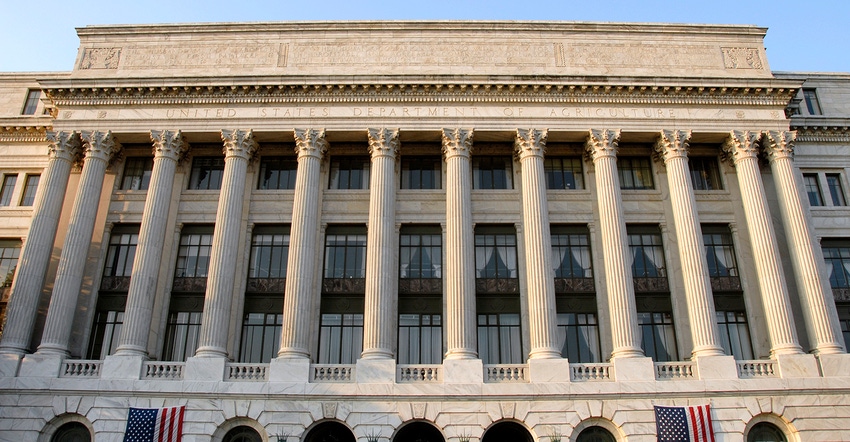April 19, 2022

President Biden and the U.S. Department of Agriculture’s Forest Service announced an investment of more than $238 million to support public schools, roads, and other municipal services. The funds are available through the Secure Rural Schools Program, which will deliver payments to 742 eligible counties in 41 states and Puerto Rico.
The program was reauthorized for fiscal years 2021 through 2023 by the Bipartisan Infrastructure Law. The announcement is one of several being made during the building a better America rural infrastructure tour.
“The Secure Rural Schools program is one of many ways USDA supports rural communities and provides a consistent source of funding in areas near national forests,” Forest Service Chief Randy Moore said. “In addition to funding for schools and counties, the program also reimburses counties for emergency services on national forests and is instrumental in the development of community wildfire protection plans.”
The Forest Service retains a portion of Secure Rural Schools program funds to support projects that improve forest conditions and support jobs in rural communities. Resource advisory committees made up of residents representing varied interests and areas of expertise review and recommend projects that meet their local needs.
Over the past 10 years, the Forest Service has distributed $2.6 billion through the Secure Rural Schools program. This year, states will receive $238 million for distribution to counties. Each state’s payment amount is determined by various factors set in the Bipartisan Infrastructure Law, including the number of counties electing to share in a state's payment.
The FY2021 payments to states are as follows:
Alabama: $1,670,594
Alaska: $10,837,773
Arizona: $10,256,983
Arkansas: $6,531,375
California: $29,942,287
Colorado: $12,607,415
Florida: $2,448,362
Georgia: $1,345,896
Idaho: $23,429,141
Illinois: $216,886
Indiana: $239,561
Kentucky: $1,374,760
Louisiana: $1,663,020
Maine: $65,287
Michigan: $3,148,787
Minnesota: $2,182,610
Mississippi: $4,788,035
Missouri: $3,207,927
Montana: $14,382,681
Nebraska: $170,796
Nevada: $3,495,275
New Hampshire: $433,007
New Mexico: $9,800,134
New York: $18,450
North Carolina: $1,583,135
North Dakota: $389
Ohio: $226,258
Oklahoma: $950,528
Oregon: $47,971,375
Pennsylvania: $2,885,493
Puerto Rico: $190,294
South Carolina: $1,549,601
South Dakota: $1,373,536
Tennessee: $1,071,967
Texas: $2,141,942
Utah: $8,206,677
Vermont: $285,596
Virginia: $1,484,018
Washington: $16,020,514
West Virginia: $1,615,891
Wisconsin: $1,506,980
Wyoming: $5,012,315
Source: USDA, which is solely responsible for the information provided and is wholly owned by the source. Informa Business Media and all its subsidiaries are not responsible for any of the content contained in this information asset.
About the Author(s)
You May Also Like




